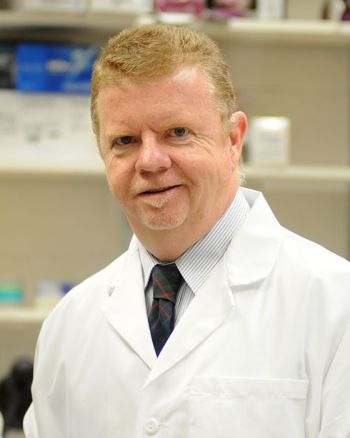
WASHINGTON (Nov. 16, 2012) – Paul Brindley, Ph.D., professor of microbiology, immunology, and tropical medicine at the George Washington University School of Medicine and Health Sciences, was the recipient of a $1.7 million grant from the National Cancer Institute to study the behavior of a parasitic worm, rampant in Southeast Asia, known to cause infections that contribute to liver cancer.
The idea for his project, titled “Role of Live Fluke Granulin in Cholangiocarcinogenesis,” was introduced to Brindley several years ago by a Thai postdoctoral student. In Thailand, the student had seen a disproportionately large amount of instances of a specific type of bile duct cancer, not common in the Western Hemisphere. It was discovered that this type of bile duct cancer, cholangiocarcinoma, is brought on by a parasitic worm that lives in uncooked fresh water fish, often present in traditional dishes in the region. The worm thrives in Southeast Asia due to unsanitary practices and conditions. The cancer caused by the worm usually results in death.
“With this grant we will research how a parasite could cause cancer,” said Brindley. “What is it doing in someone’s liver or bile ducts that’s turning otherwise normal tissue into a tumor?”
The worm, which is large enough to be seen without a microscope, releases a product called granulin while navigating through the human body. In humans and other mammals, granulin is used to stimulate cells to grow and divide in order to heal a cut or a wound. When a worm secretes granulin, it seems to enhance a tumorigenic environment.
“In an evolutionary sense, we don’t see the value to a parasite of causing a tumor to grow around it,” said Brindley. “If a person dies, the worm dies, too. Why would a worm induce a tumor?”
Over the next five years, Brindley’s research team in the U.S., Australia, and Thailand will be focused on the effect this granulin secretion has on a human’s liver cells. While a difficult hypothesis to prove, Brindley and his colleagues suggest that because there is a wound or lesion where the worm has passed, the worm intends to repair the damage it’s causing by releasing granulin. That way, in a few days the worm could return to the same place and eat the cells again. If proven, a drug or medical treatment may be developed to help with the effects of granulin on tissue growth.


